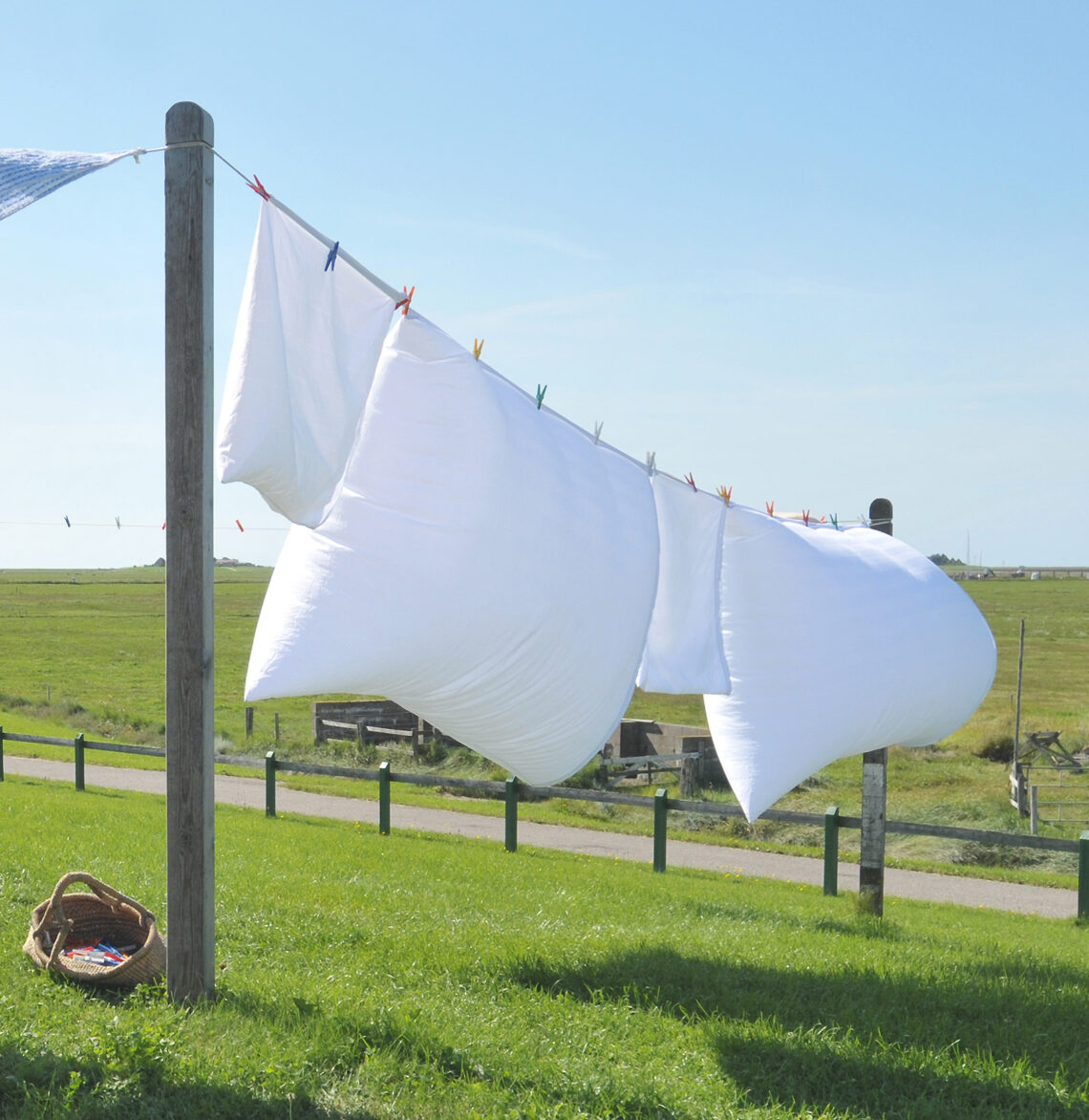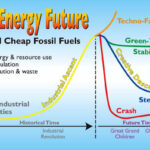
Is your laundry climate-friendly?
Here are a few ways to reduce the climate impact of your laundry!
if you’re in an apartment or rental, you can do most of these! The ones marked (H) are for homeowners. The ones without a (H) are for everyone.
- do laundry less often. only run the machine when you have a full load. it saves energy, and saves water too!
- (H) if you can, direct the outflow from your laundry machine to water a tree instead of sending it to the sewer. why: because in SoCal, transporting and cleansing water demands high amounts of energy/emissions.
- small items can be hand-rinsed, without the energy/emissions demands of running a machine, in a basin — and the water can be reused (bucketting)
- if you’re in SoCal or other dry climates, use a “solar clothes dryer” — hang your laundry outdoors on a drying rack or clothes line. eliminate the energy demands and related emissions of running a dryer machine.
- reduce chemical loads on the environment: choose biocompatible soaps, ideally from a local vendor who will refill the container. if biocompatible isn’t available, choose biodegradable. it goes without saying: eliminate bleach! boycott big-name brands (why), boycott “dryer sheets” and all the single-use hyper-packaged nonsense. try out natural soap nuts and see how they work for you.
Habit changes toward a climate-friendly direction …
- wear your clothes much longer before you wash them (Levi’s brand now posts this on their website: “Wash your jeans once every 10 wears at most; this increases their lifespan and saves natural resources”)
- wear an apron while cooking, to keep your clothes cleaner
- learn how to spot-clean your clothing
- “mud clothes” — that’s what my kids and I used to call an old set of clothes, good for messy tasks like gardening, painting, bathing the dog. form the habit of changing into mud clothes before you start the task.
- create a grading system: when I buy new jeans, that newest pair becomes my “out in public” pair. my prior pair gets downgraded to “gardening” jeans and to keep track of it I put a dot of bright colored nail polish inside the waistband. my prior gardening jeans get downgraded further still, to “painting” clothes, used for all kinds of truly grubby tasks — to keep track of them I add a second nail polish dot to the waistband. the old painting clothes head out to the trash, but I’m now learning to save a pant leg from them, for use in creative mending repairs.
- repurpose: instead of buying a new consumer item for a dust cloth or cleaning cloth, use old t-shirts
- learn creative mending to extend the useful life of each garment — plus gain “wearable art”!
When you do buy clothes and cloth goods …
- reduce how much you buy (saves energy/emissions for raw materials, manufacturing, transportation of new consumer items). develop a core wardrobe which requires very few garments.
- buy for practicality rather than things that will soon go out of fashion and beg for replacement
- choose “5 day colors” – deep or earthy tones which are less likely to show dirt than pure white or pure black
- avoid polyester, polyfleece, spandex, all forms of plastic which shed microfibers into the environment. choose natural materials instead, like wool, hemp, linen, and organic cotton. if your garment is 100% natural fibers, you could actually compost it at the end of its useful days
- if you can, support small local producers (why this is important). many young designers are quite eco-conscious
About that laundry machine …
- (H) next time your washing machine needs replacement, buy a second-hand machine, to reduce the environmental impacts of manufacturing & transporting new consumer items
- (H) next time your washer needs replacement, seek an Energy Star, to reduce the energy consumed (with related greenhouse gas emissions) to operate it
- (H) I dare you to “pass” on a dryer machine. When I got rid of my dryer perhaps 15+ years ago, research I did at the time said that for a family of four, eliminating the clothes dryer was the climate equivalent of taking 1.5 cars off the road.
Which of these climate-friendly habits do you already do? Which one(s) are your next step?
Do you have more climate-friendly laundry suggestions? Tell me about them!
image source: Wikimedia commons
Previous
What are climate solutions?
Newer


